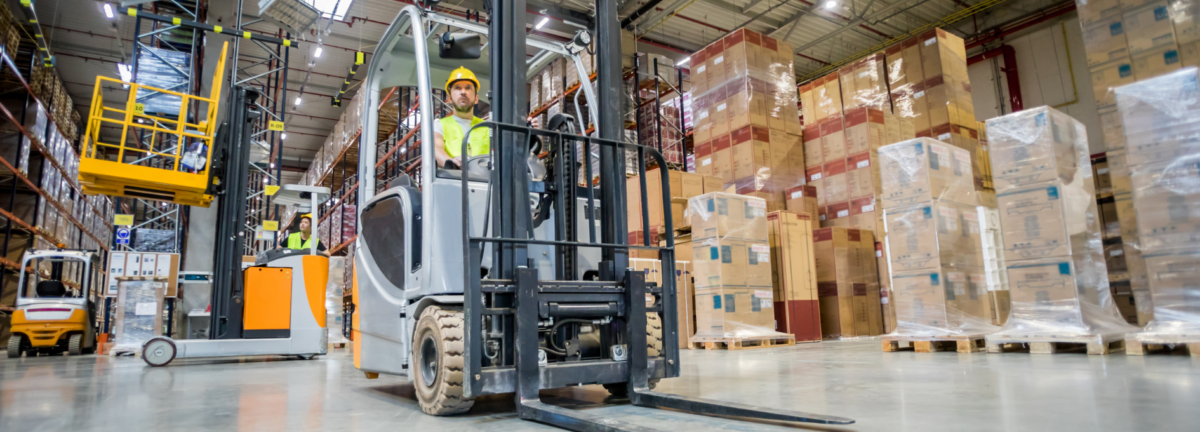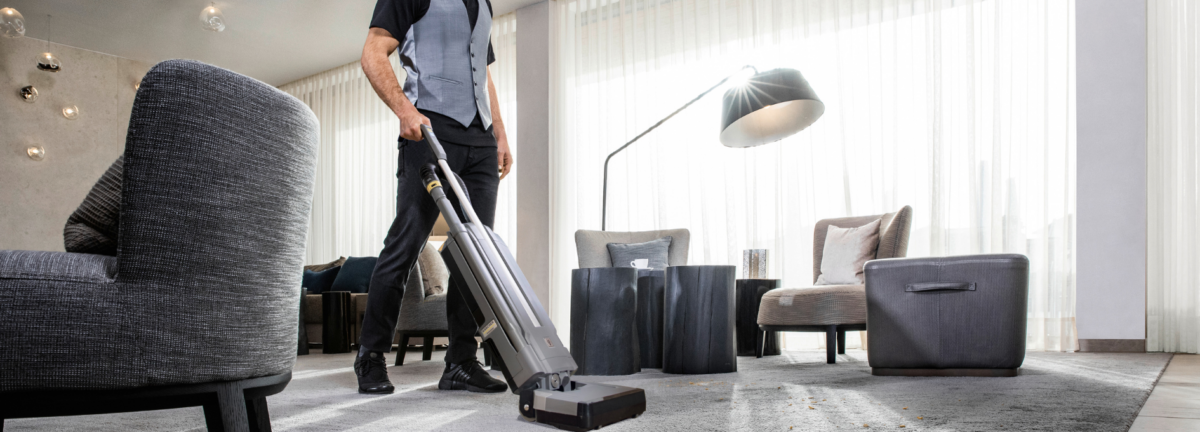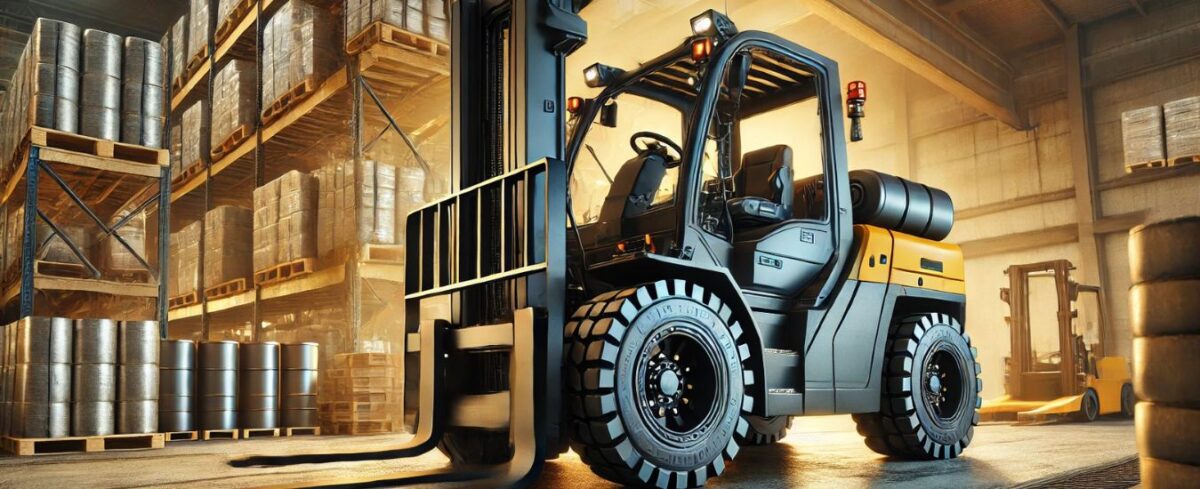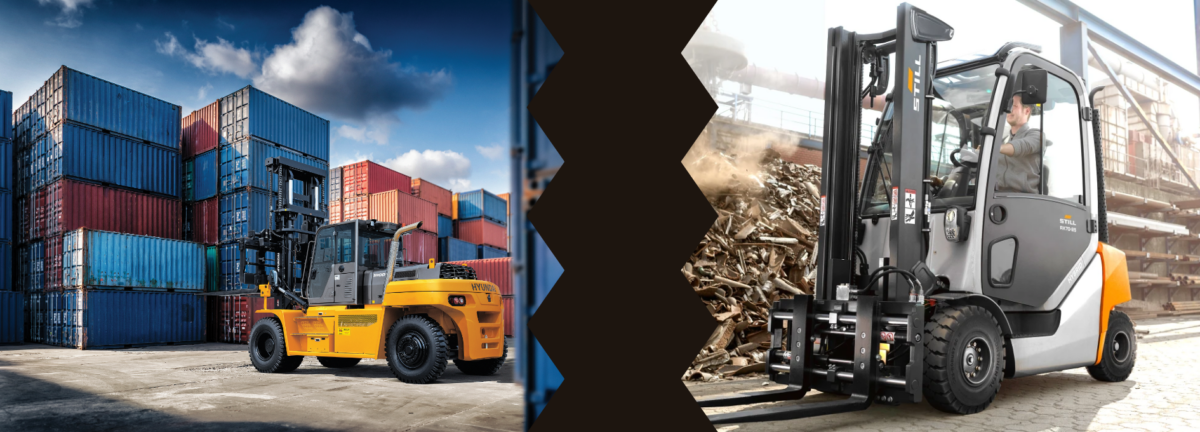How to work out Slope Gradients for Powered Pallet Trucks
Ensuring that any powered pallet truck (PPT) that you invest in is suitable for your application is crucial. The main considerations are generally lifting capacity and fork specification. However, buyers often overlook the slopes that their powered pallet truck will have to climb with and without the load.
This is often due to people thinking “it’s only a little slope” in terms of the distance (or run) of the slope but a short distance / run over even a relatively short height difference from the bottom of the run / slope to the top can result in a steeper gradient than most powered pallet trucks can handle.
How to work out your gradient:
A quick and easy way to work out the gradient that you have on your site: slope percentage is calculated in much the same way as the gradient. Convert the rise and run to the same units and then divide the rise by the run, then multiply by 100 to get the percentage slope. For instance, 2″ rise divided by 24″ run = .083 x 100 = an 8.3% slope. Once you’ve worked out the percentage of your slope, you can identify which PPTs have a suitable gradeability to handle it.
How to find out the gradeability of a powered pallet truck:
To find out the gradeability of a PPT, take a look at its specification sheet. The section that contains the gradient of slope is generally found under the performance section. For example: Pramac EX15L Powered Pallet Truck
On the above specification sheet the term used for the gradient percentage is max gradeability. There are two percentages for the max gradeability laden, the slope that the PPT can handle loaded within its capacity. Max gradeability unladen, the slope that the PPT can handle without carrying a load.
As with all equipment we always recommend that you have your own Health & Safety Risk Assessment conducted.






